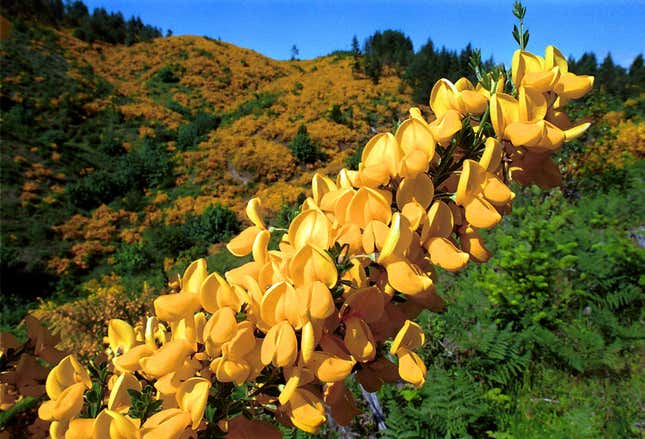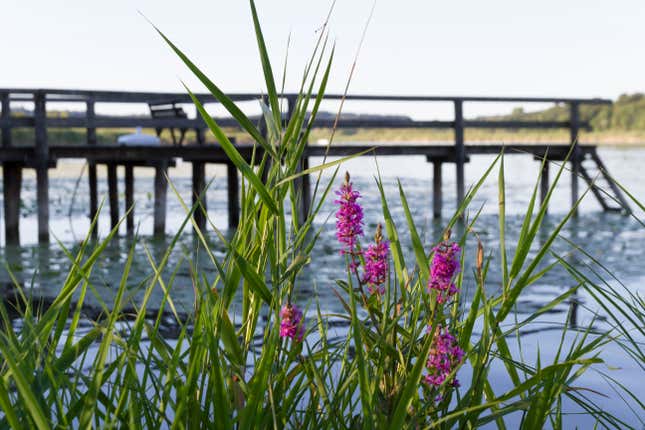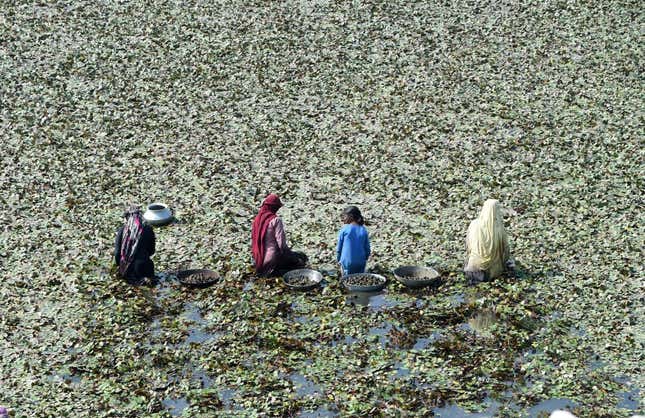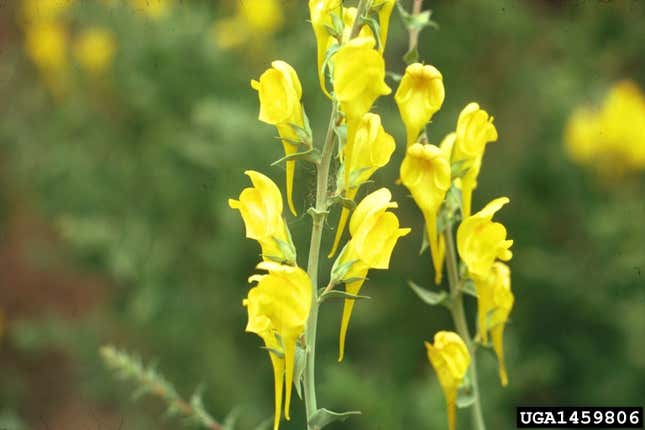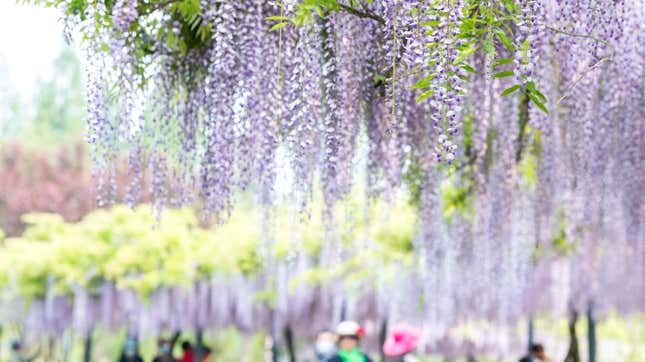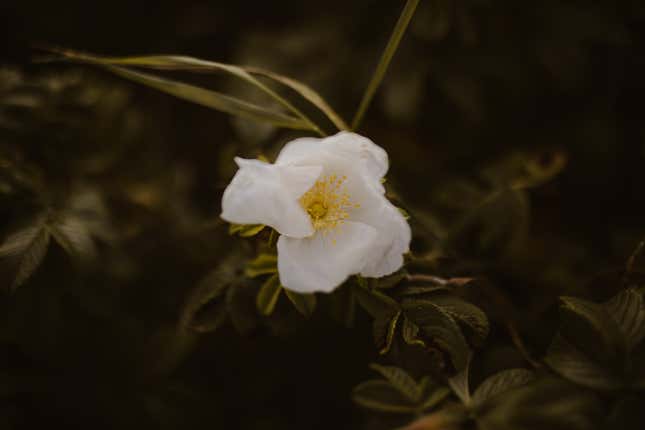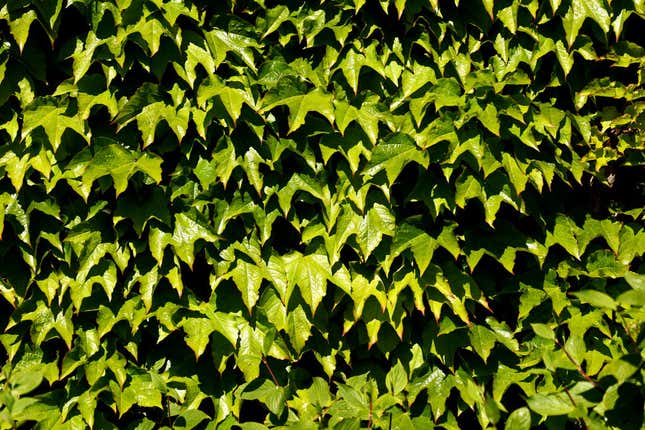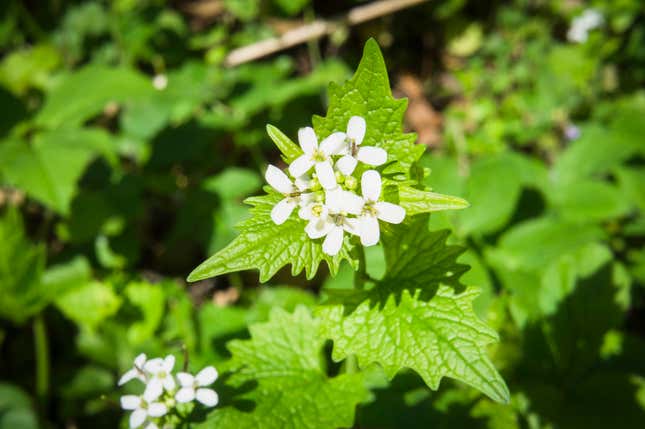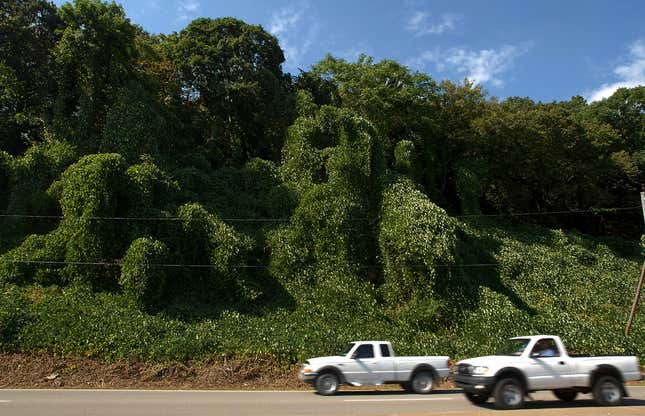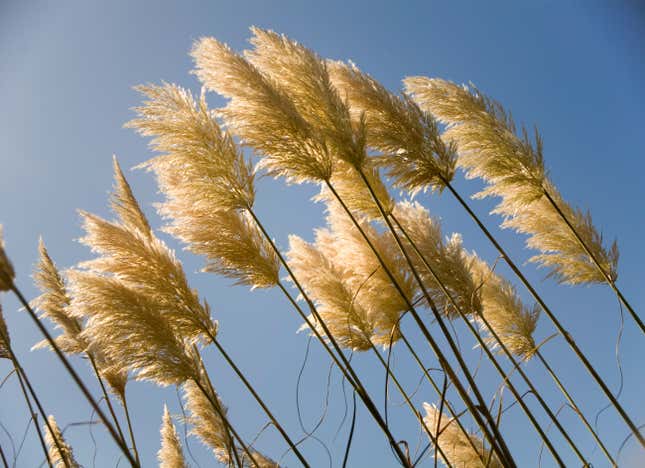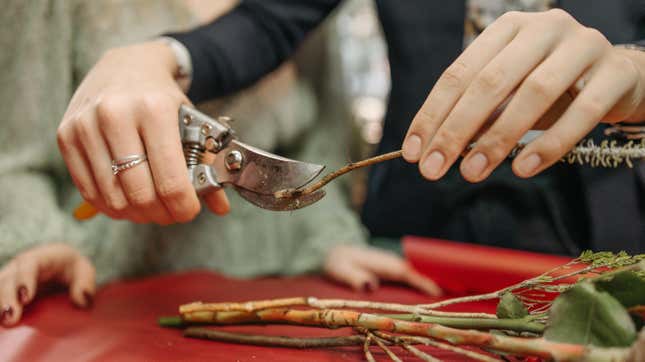
Conservation is about preserving the natural world for future generations and the health of our ecosystems. But sometimes, to save local environments, you have to kill some plants. Specifically, invasive plants.
Don’t get me wrong, plants are great. We need them for so many things, including carbon capture. But invasive species, like these bugs, are horrible for their adopted environments, which may not have have natural predators that can keep their numbers in check. Invasive plants can be just as insidious. They choke out other plants, and that hurts native animals and insects that rely on the native plant to be their habitat or food source.
So how do you know if a plant needs destroying? This guide identifies some of the most common—and most harmful—invasive species in the U.S. Just remember that before you actually rip anything out of the ground, be sure you’ve identified the plant properly. One way to do that is to contact your local parks department (especially if the plant’s in a public park) or your local or state conservation department. Some of those agency websites have close-up photos that can help you ID what you’re seeing.
A version of this article was originally published on June 27, 2022.
